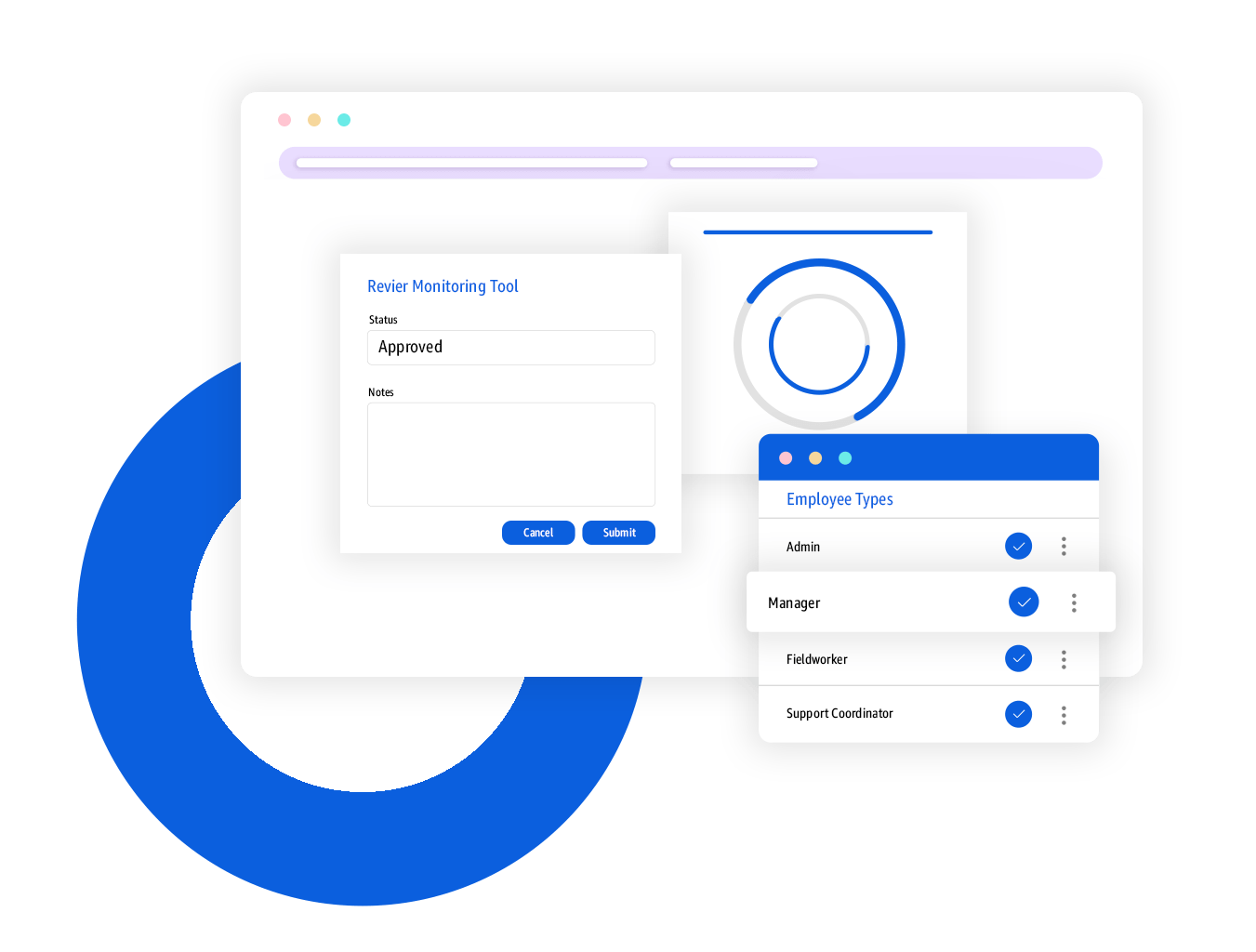According to the U.S Census Bureau, nearly one in five Americans is expected to be over 65 by 2030. While the aging population is growing rapidly, the demand for in-home care is growing just as quickly. Surveys indicate that up to 77% of Americans aged 50 and older wish to “age in place” rather than enter institutional settings.
This drastic shift in the care system is even more alarming as more and more American youth are now seeking professions other than caregiving. With a falling number of American caregivers and increasing preference for home care services, immigrant caregivers become the quiet force that holds the system together. Whether documented or undocumented, immigrant caregivers provide essential support to older adults and people with disabilities.
On the other hand, care agencies face their own set of challenges due to the rising caregiver crisis in the nation. From vacant shifts and delayed client visits to last-minute care service adjustments, maintaining smooth agency operations and providing consistent care becomes increasingly difficult. Given these ongoing challenges, the first step towards solving these is by exploring effective and sustainable ways to enhance support for care agencies and caregivers.
How are Immigrants Filling the Caregiving Gap?
Statistically, 1 in 4 direct care workers in the U.S. are foreign-born individuals, making immigrant caregivers a critical part of bridging the caregiving gap. They work long hours in private homes and help with everyday tasks like bathing, meal preparation, and mobility support. Their consistent efforts ensure families can better look after their loved ones, especially when qualified professionals are unavailable.
In addition to personal care, immigrant caregivers offer families emotional support and a sense of security by helping care recipients feel safe and connected throughout their interactions. They also manage household routines, assist with medication, and offer respite care to family members. Despite their invaluable contributions, immigrant caregivers often work in informal, underpaid sectors, leaving their efforts unnoticed.
How do Immigrant Caregivers add Value to Care Agencies?

As the national caregiver shortage deepens, care agencies face growing operational and staffing challenges. With unfilled care provider shifts, sudden cancellations, and high caregiver turnover, the pressure to maintain service quality while avoiding compliance risk and team burnout is high.
Given these challenges, case managers often take over responsibilities while stepping in to troubleshoot coverage gaps or support families in need. Support coordinators, on the other hand, spend most of their valuable time rearranging schedules to match shifts, finding the right documentation for audits and claim procedures, and clarifying incomplete case notes to ensure clients receive the complete care they need without any interruptions.
Amid all these challenges, immigrant caregivers have become an indispensable part of the social care workforce. They bring a sense of reliability, compassion, and a deep sense of responsibility and cultural understanding that improves the quality of care service delivered to families and care recipients. According to PHI (Protected Health Information), nearly 30% of the home-care workforce are immigrant caregivers. Their consistent, person-centered support across home care, disability services, and senior living makes them an essential part of the care ecosystem.
Care Technology That Supports All Caregivers Alike
Immigrant caregivers contribute immensely to the caregiving workforce, although they often face administrative challenges that can be prevented with the right tools. One of the most frequently highlighted challenges includes manual documentation processes that are repeated and complex for non-professional caregivers to comprehend. Another one being, last-minute shift changes and client need updates that add a layer of complexity.
While these challenges aren’t limited to immigrant caregivers, they also impact care agencies, case managers, and support coordinators who constantly navigate such operational gaps.
From caregivers to care coordinators, the FieldWorker app is designed to support care teams on every level of the care network through easy-to-use care tools.
- Mobile-first design:
Allows caregivers to log visits, write case notes, and check schedules easily from their mobiles, on the go.
- Simple, intuitive interface:
Built for all levels of user comfort, the app makes every feature easily accessible to everyone.
- Smart scheduling:
Based on caregiver availability, the app matches service shifts and reduces the chances of no-shows and last-minute rescheduling for coordinators.
- Simple Documentation:
The FieldWorker app is made to be usable by all, hence even those with limited digital experience can easily access, save, and share files as they need.
- Real-time visibility:
Gives case managers and support coordinators the oversight they need to plan, respond faster, and coordinate with a diverse team.
Parting Thoughts
With the growing complexity of the care system, the consistent contribution of immigrant caregivers has helped ensure that families continue to receive care. By bringing cultural diversity, emotional support, and service reliability to families and agencies, they offer more than assistance with daily tasks.
Care agencies, on the other hand, face several challenges such as operational strain, service provider shortages, and rising client expectations, which only multiply without reliable support or in place. That’s where smart care management technology like FieldWorker can help care teams of all sizes stay connected, organized, and focused on quality care.
A stronger care system begins with supporting those who are on the field and at the center of it. By recognizing the role of immigrant caregivers and providing agencies with the right set of tools, the fragile care system of the nation can be made more sustainable, reliable, and inclusive.

